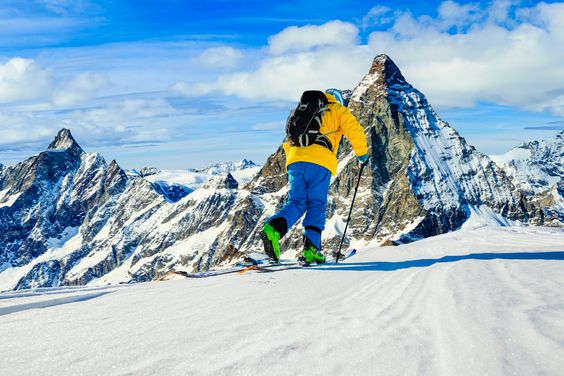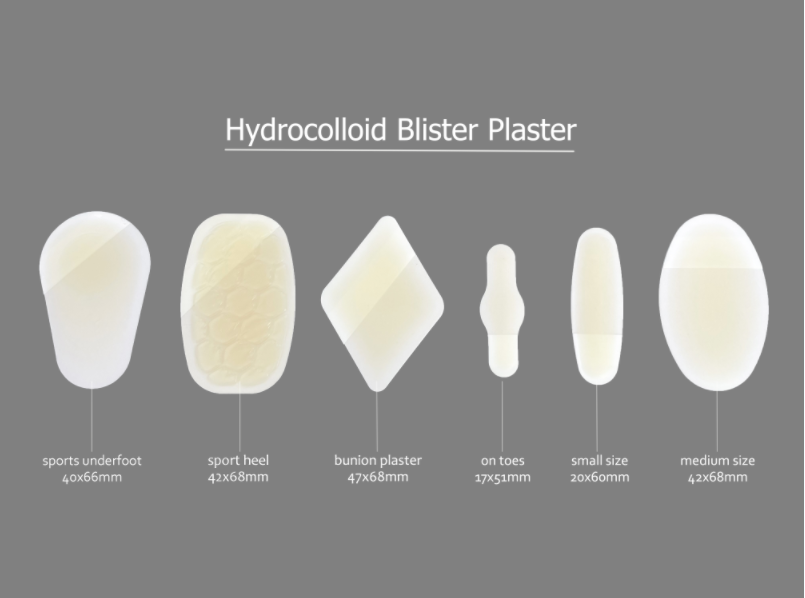Blisters in ski boots are a common problem in skiing. If left untreated, blisters can cause pain and discomfort and may even affect your skiing experience. This article will tell you how to prevent and treat ski boot blisters, so follow along with me.
What are the factors that cause blisters in ski boots?
The main cause of ski boot blisters is the friction between the foot and the boot, which causes the skin to wear down and cause blisters. Here are a few common causes of ski boot blisters:
1. Improper fit of ski boots: If the ski boots are not suitable, they may be too tight or too loose, causing friction between the feet and the boots, causing blisters.
2. Wearing non-breathable socks: Wearing non-breathable socks can cause the feet to sweat and increase friction between the feet and boots, which can cause blisters.
3. Overactivity: Overactivity can cause the feet to sweat, increasing the friction between the foot and the boot, which can cause blisters.
4. Excessive friction: If there is not enough padding or film inside the ski boot, the friction between the foot and the boot will increase, causing blisters.
5. Wearing ski boots for long periods of time: Wearing ski boots for long periods of time can cause your feet to sweat, increasing friction between your feet and boots, which can cause blisters.
Where do ski boots tend to cause blisters on the feet?
1. Toes: If the front of the ski boot (i.e. the toe area) is too tight, or if there is not enough room in the toe area, it can cause pinching of the toes, which can cause blisters.
2. Heel: If the back of the ski boot (that is, the heel) is too loose, or the heel does not have enough support, it will cause the heel to rub frequently while skiing, causing blisters.
3. Soles: If the inside of the ski boots does not have enough pads or membranes, or if the soles of the ski boots are too hard, it will cause excessive friction on the soles of the feet, causing blisters.
How to prevent the formation of blisters?
1. Choose the right ski boots: Ski boots should fit your foot shape and size. Boots that are too big or too small can cause friction on your feet, which can cause blisters.
2. Breathable socks: Wearing breathable socks can reduce the sweating of the feet, thereby reducing the formation of blisters.
3. Use Hydrocolloid Blister Plaster: Before skiing, use Hydrocolloid Blister Plaster to stick on the foot where blisters are easy to wear. It is made of hydrocolloid material, which is soft and resistant to friction, which can reduce the friction between the foot and the boots, thereby preventing the formation of blisters.
4. Avoid Prolonged Wear: Wearing ski boots for long periods of time can cause sweat and friction on the feet, which increases the risk of blister formation. It is recommended to take off your ski boots during breaks to give your feet a break.
How to treat blisters?
1. Keep clean: If blisters have formed, they should be kept clean to avoid infection. The injured area can be washed with warm water and soap, then dried with a clean towel.
2. Apply antibacterial ointment: Apply antibacterial ointment to prevent infection. Some common antibacterial ointments, such as erythromycin ointment, can be purchased at drugstores.
3. Avoid puncturing the blister: If the blister has not burst, you should avoid puncturing it. Puncturing a blister can lead to infection and pain.
4. Paste Hydrocolloid Blister Plaster: If the diameter of the blister does not exceed 5mm, it can be used directly to protect the blister. If the diameter exceeds 5mm, it needs to be disinfected with iodophor and then puncture the blister to release the liquid inside. Then use Hydrocolloid Blister Plaster to protect the blister. The wound provides a slightly acidic airtight space conducive to wound healing, which can promote the rapid healing of the wound. It also reduces friction from blisters, which reduces pain and discomfort.
5. Take a break: If your blisters are painful, take a break from skiing and give your feet a break.
In short, the prevention and treatment of blisters in ski boots require attention to the protection and cleaning of the feet. If blisters have formed, they should be dealt with in time to avoid infection and pain.
For more information on Innomed® Hydrocolloid Blister Plaster, Refer to the Previous Articles. If you have customized needs, you are welcome to contact us; You Wholeheartedly. At longterm medical, we transform this data by Innovating and Developing Products that Make Life Life easier for those who need loving care.
Editor: kiki Jia
Date: August 1, 2023

 English
English عربى
عربى Español
Español русский
русский 中文简体
中文简体








